Chapter 26 and 32: Seed Plants
1/111
There's no tags or description
Looks like no tags are added yet.
Name | Mastery | Learn | Test | Matching | Spaced |
|---|
No study sessions yet.
112 Terms
What novel derived traits involves the gametophyte in seed plants?
gametophyte reduced to microscopic structure inside sporophyte
What novel derived traits allow seed plants to live fully on land?
pollen and seeds are adaptations for true terrestrial living
What novel derived trait allows seed plants to reproduce without water?
reproduction and zygote development are not water-dependent
What happens to the female gametophyte in seed plants?
it is reduced to only a few cells and is microscopic, not a visible structure
What forms after the egg and sperm fuse in seed plants?
diploid zygote forms, which grows into new sporophyte individual when seed germinates
How is the plant embryo protected and nourished before germination?
It is nourished by nutritive tissue within the seed and protected by a hard outer shell called the seed coat
Why is seed dispersal advantageous?
seeds can travel great distances, reducing competition with parent plant
What is the male gametophyte in seed plants called, and what is it like?
pollen; microscopic and composed of 2 cells
How is pollen dispersed?
wind, water, or animals
What happens when pollen reaches the female gametophyte?
grows a pollen tube toward the egg and produces sperm that travel down tube to fertilize egg
Which spermatophytes are sister taxa?
gymnosperms and angiosperms
What are gymnosperms?
plants that produce seeds without flowers; "naked seed"
What are examples of gymnosperms?
conifers, cycads, ginkgophytes, gnetophytes
What are naked seeds/gymnosperms sheltered by?
woody leaves called sporophylls
What are angiosperms?
flowering seed plants; "seed in a vessel"
Where do fertilization and embryo development occur in angiosperms?
inside plant ovary, which develops into a fruit
What mutualistic relationships do angiosperms have with animals?
animal pollinators and seed distributors
How are male and female gametes produced in gymnosperms?
on separate cones but on the same plant; heterospory
What does it mean if a gymnosperm is monoecious?
"one home": male and female cones are on the same plant
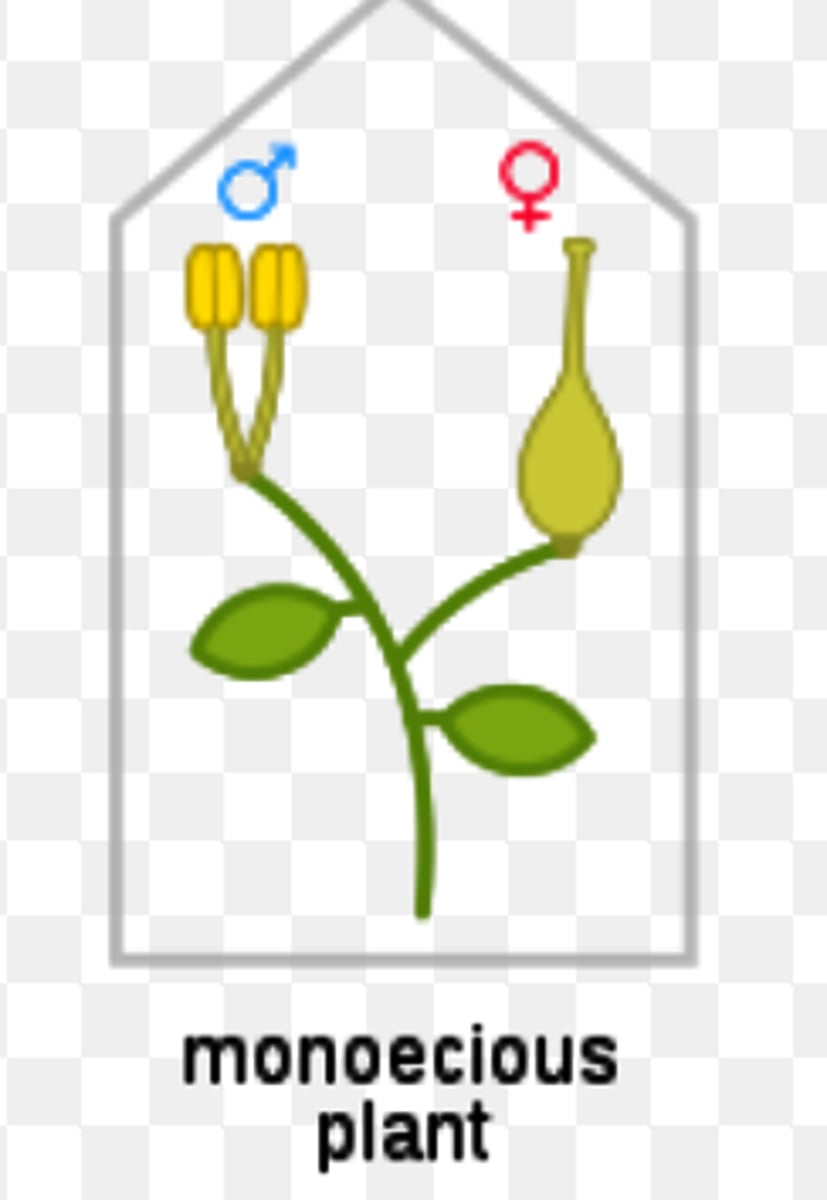
What does it mean if a gymnosperm is dioecious?
"two homes": male cones on one plant, female cones on separate plant
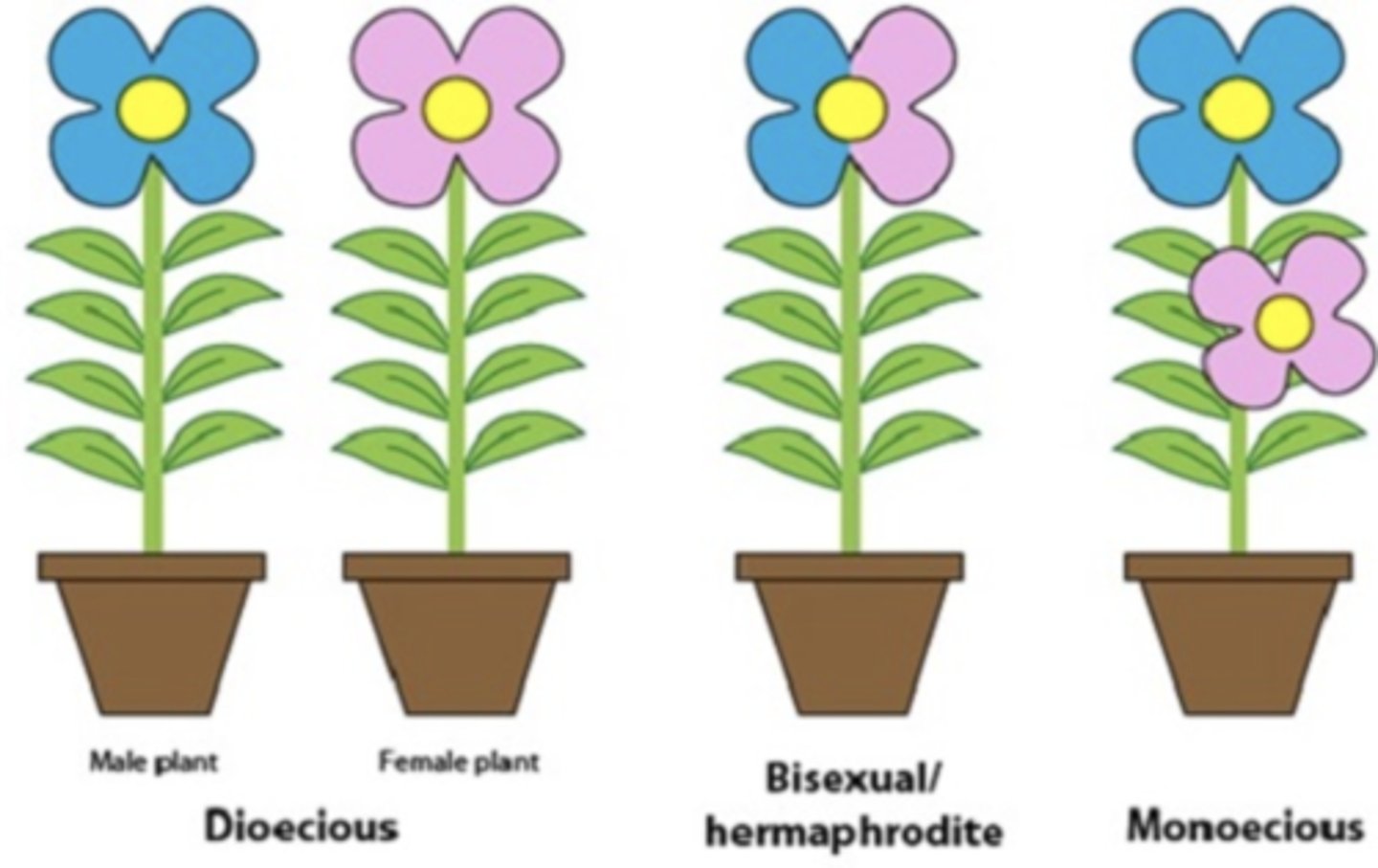
How are gymnosperms pollinated?
by wind
What are tracheids, and what do they do?
perforated, lignified cells that transport water and minerals; dominant xylem cells in gymnosperms
What adaptations allow gymnosperms to survive in dry or cold conditions?
tracheids allow them to live without water for part of the year and survive in cold, dry regions
What are conifers?
dominant phylum of gymnosperms; reduced, needle-shaped leaves; adapted to cold, dry weather
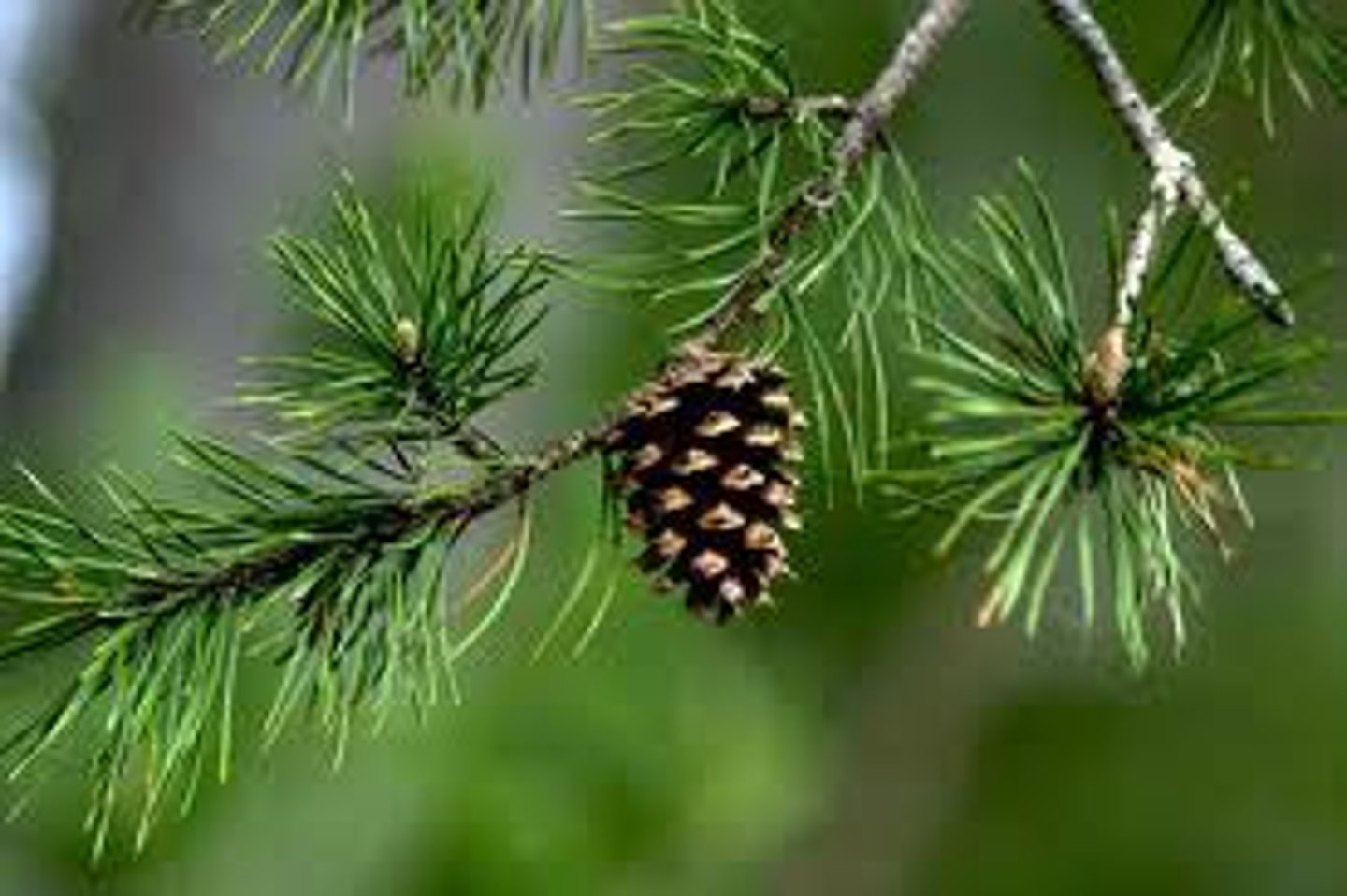
What are cycads?
dominant during prehistoric times; live in mild climates; mistaken for palms
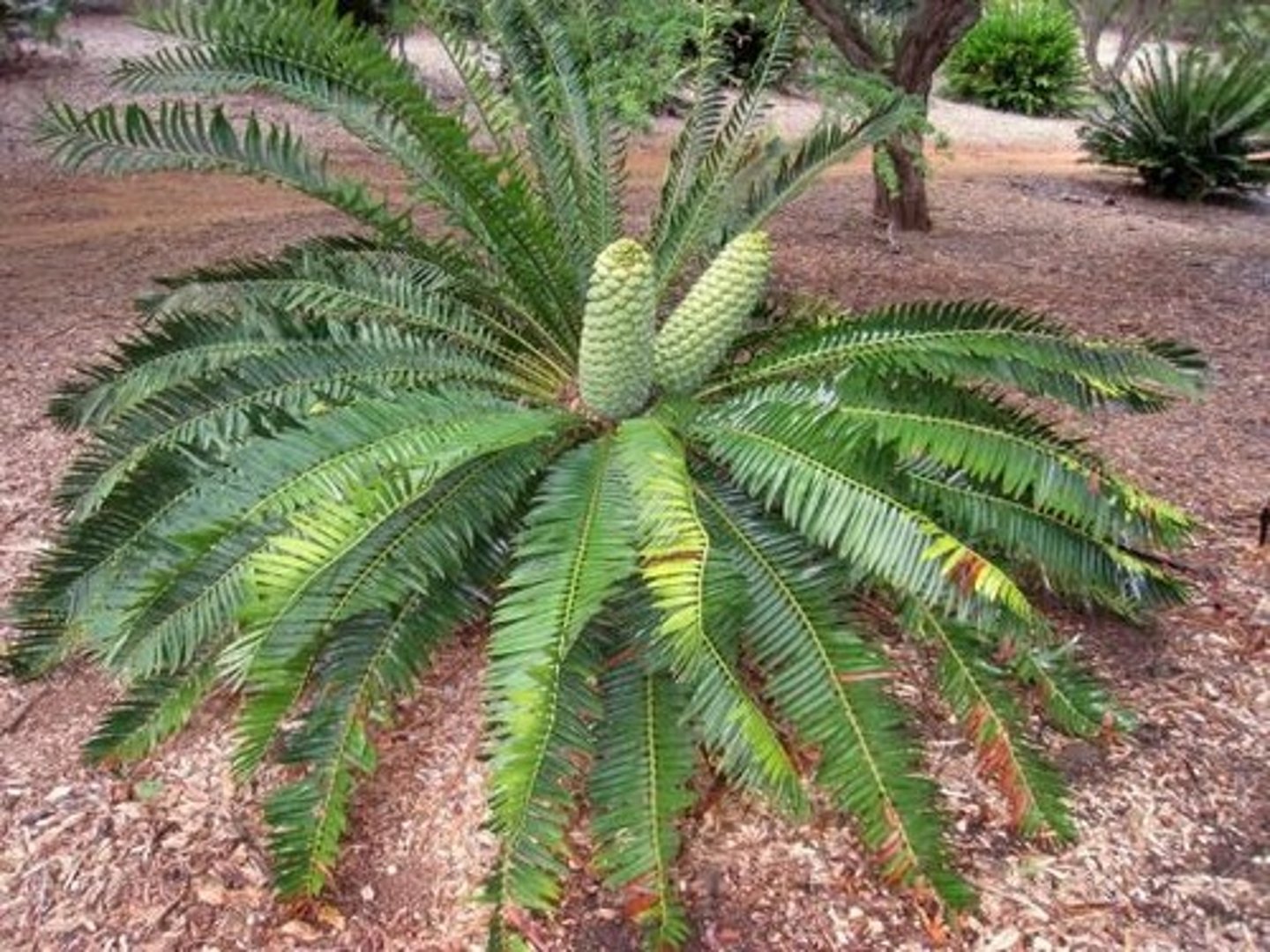
What are gingkophytes?
fan-shaped leaves; only one surviving species called Gingko biloba
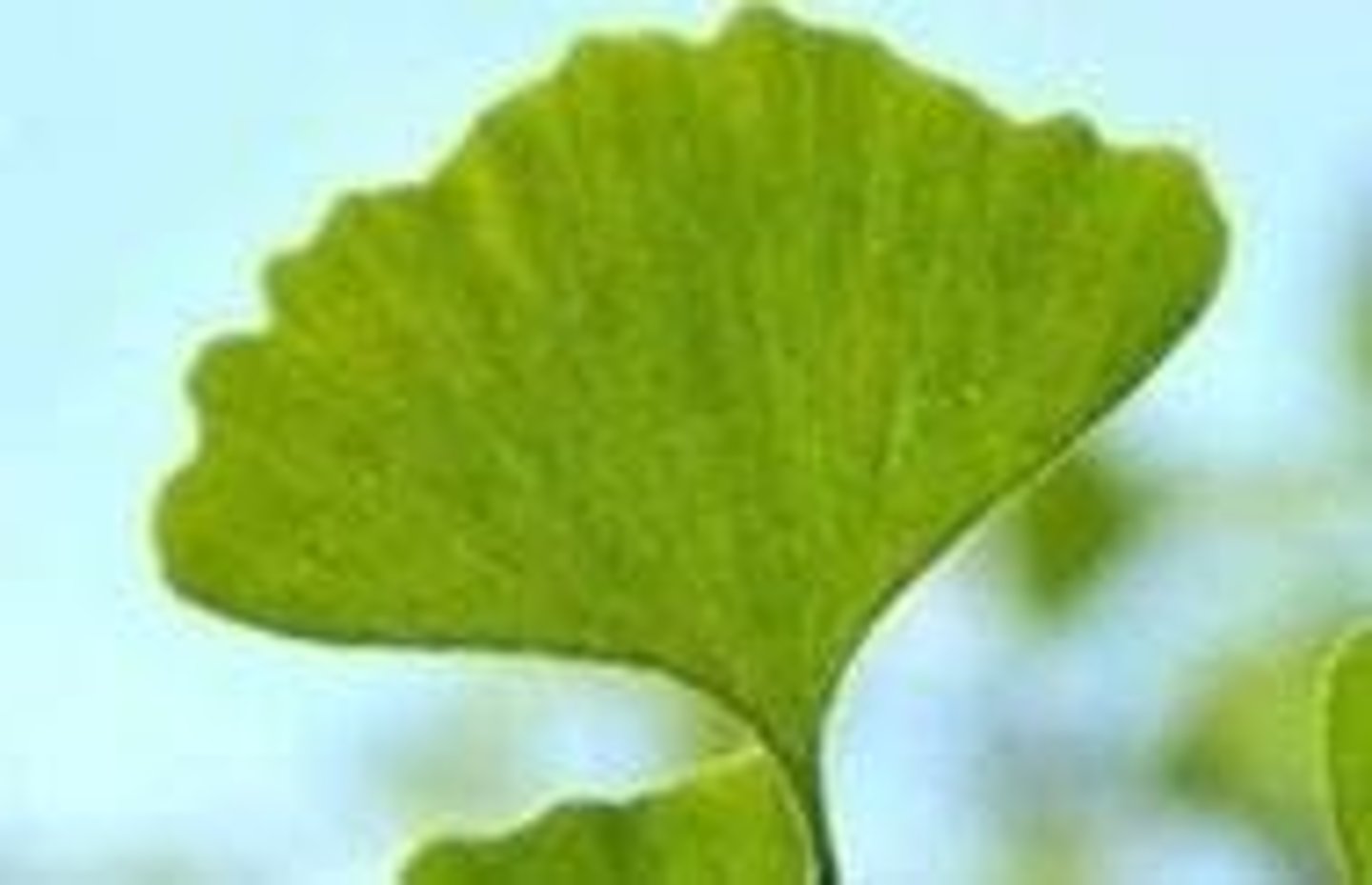
What are gnetophytes?
inhabit arid desert regions around the world; unresolved phylogeny
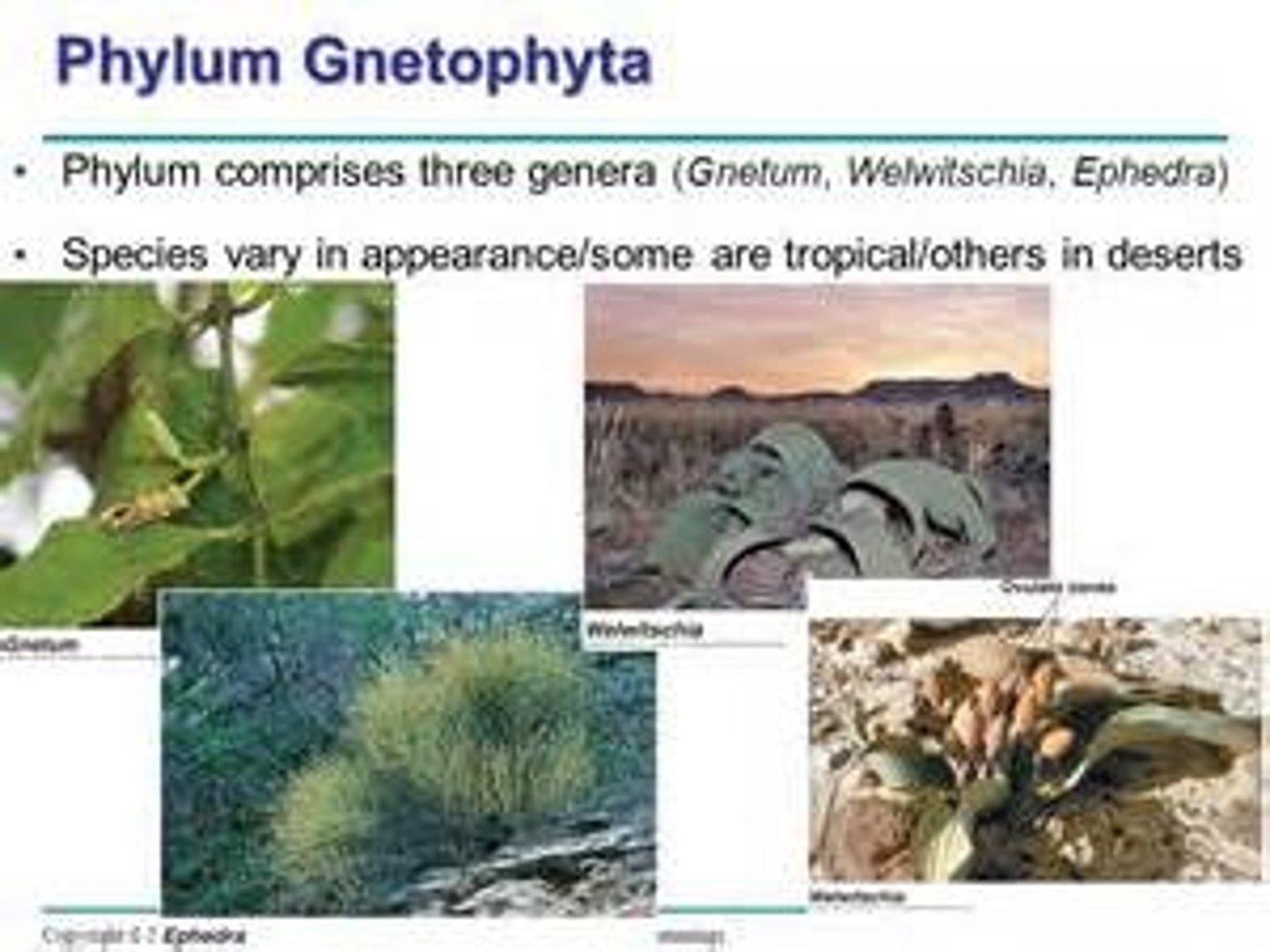
What generation is the conifer tree?
sporophyte (2n) and monoecious
Are conifers heterosporous or homosporous?
heterosporous
What do microsporangia and megasporangia produce?
microsporangia—male microspores
megasporangia—female megaspores
Where are microsporangia located in conifers?
male pollen cones
What are microsporocytes and what do they produce?
diploid (2n) cells inside microsporangium; undergo meiosis to produce 4 haploid microspores
How do microspores develop into pollen?
each 2 haploid microspore undergoes mitosis to form pollen
What surrounds pollen grains for protection?
2 haploid cells surrounded by sporopollenin
What are the two haploid cells that make up the male gametophyte (pollen)?
generative cell and pollen tube cell
What is the function of the generative cell?
undergoes mitosis to produce two haploid sperm cells
What is the function of the pollen tube cell?
undergoes mitosis to form pollen tube
What is the ploidy of microsporangia, and what do they contain?
diploid (2n), containing microsporocytes
Where are megasporangia located in conifers?
female ovulate cones
What are megasporocytes and what do they produce?
diploid (2n) cells within megasporangium; produce 4 haploid megaspores via meiosis
Out of the four haploid cells produced by megasporocytes, how many survive?
one becomes the megaspore, the female gametophyte
The megaspore that survives will produce?
archegonium that produces haploid egg via mitosis
What happens when the pollen grain lands at the base of the female scale?
haploid pollen tube cell germinates and grows pollen tube toward female gametophyte
What does the diploid zygote develop into?
sporophyte embryo via mitosis
What are the three generations of tissue found inside a conifer seed?
seed coat from parental sporophyte, nutritive tissue from female gametophyte, embryo tissue
How long does the fertilization and seed development process take in conifers?
up to 2 years
What is the dominant terrestrial plant group today?
angiosperms
What are the two novel derived traits unique to angiosperms?
flowers and fruits
What is the function of flowers in angiosperms?
To ensure pollination and protect the embryo (seed).
What is the function of fruit in angiosperms?
embryo (seed) protection and seed dispersal
Can angiosperms be monoecious or dioecious?
both
What are the main pollinators for angiosperms?
wind, insects, birds, mammals
What type of xylem cells do angiosperms have and why are they important?
vessel cells; more efficient at conducting water than tracheids
What are flowers composed of?
modified leaves organized around central receptacle
What are the four main parts of a flower?
sepals, petals, stamens, carpels
What are sepals and their function?
green and photosynthetic; protecting flower bud
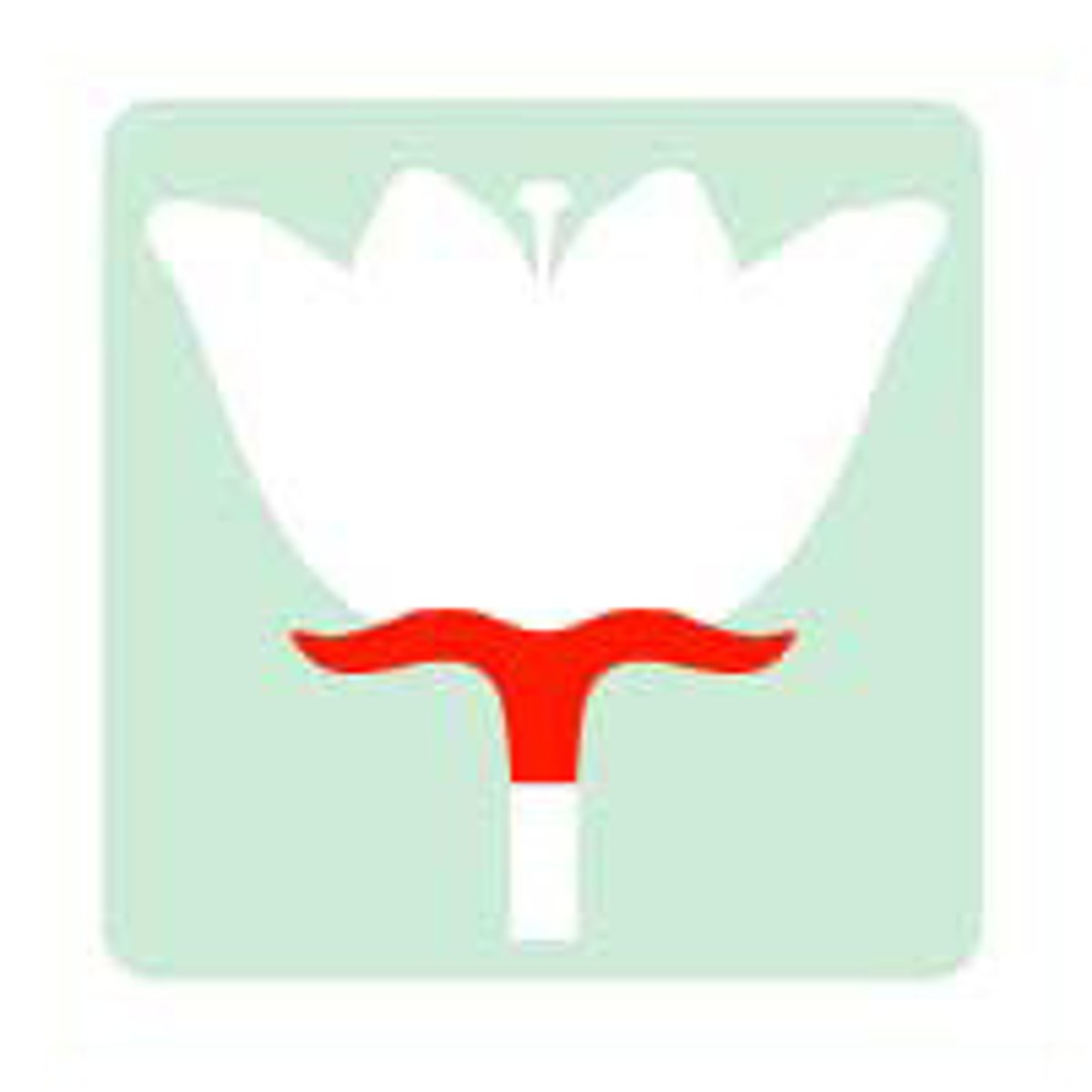
What is the role of petals?
attract pollinators with colors and scent
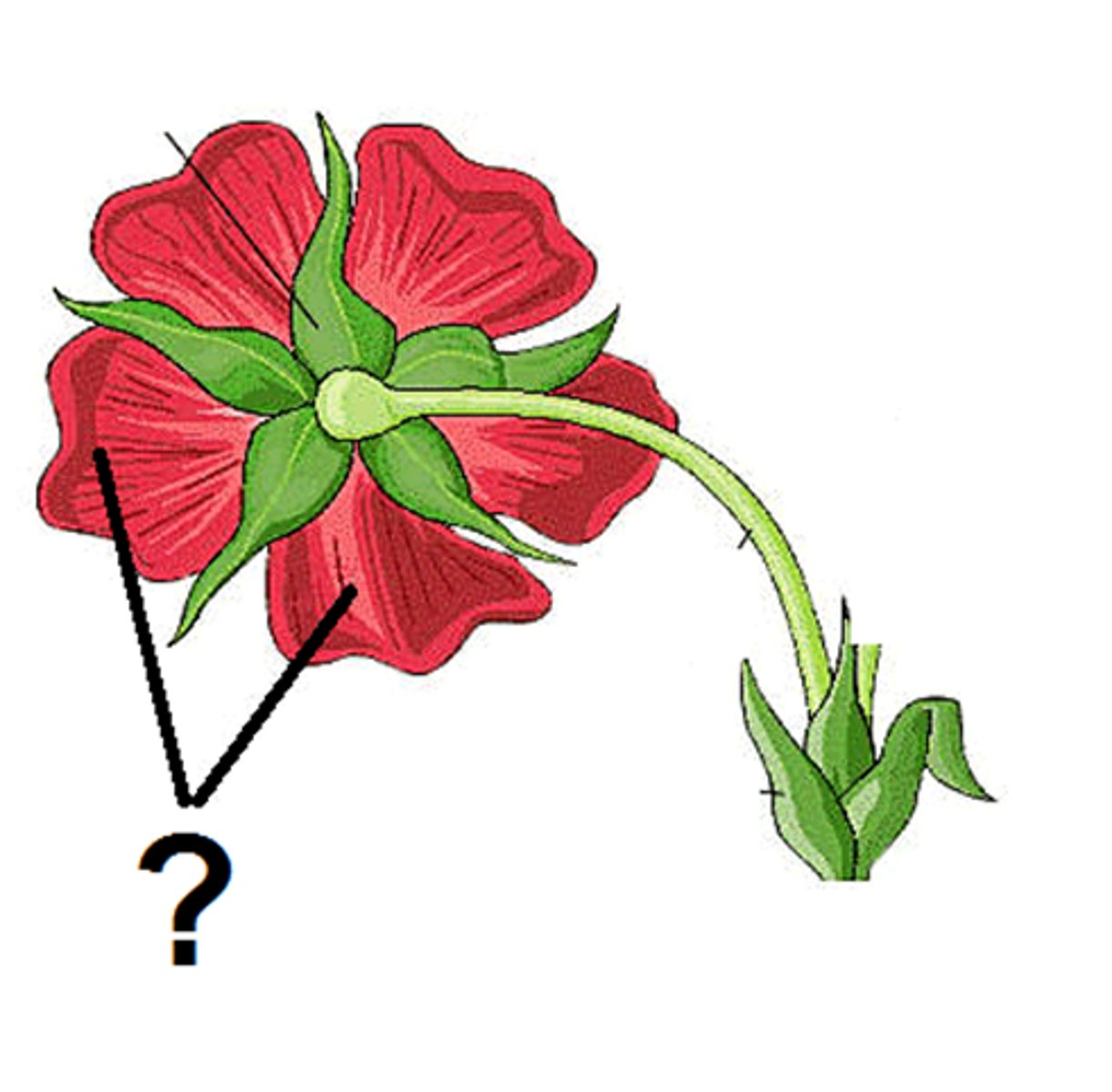
What is the female part of the flower called, and what does it include?
carpel (gynoecium or pistil); includes stigma, style, ovary
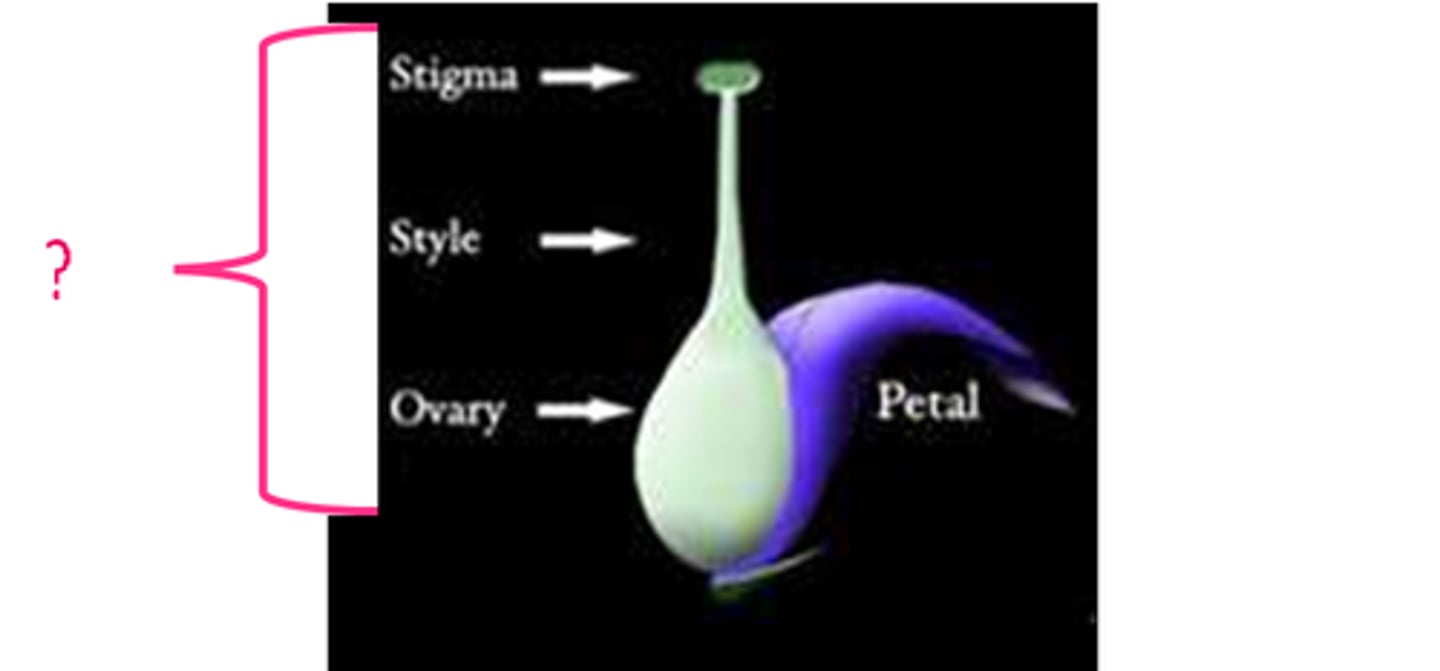
What is the male part of the flower called, and what does it include?
stamen (androecium); includes anther, filament
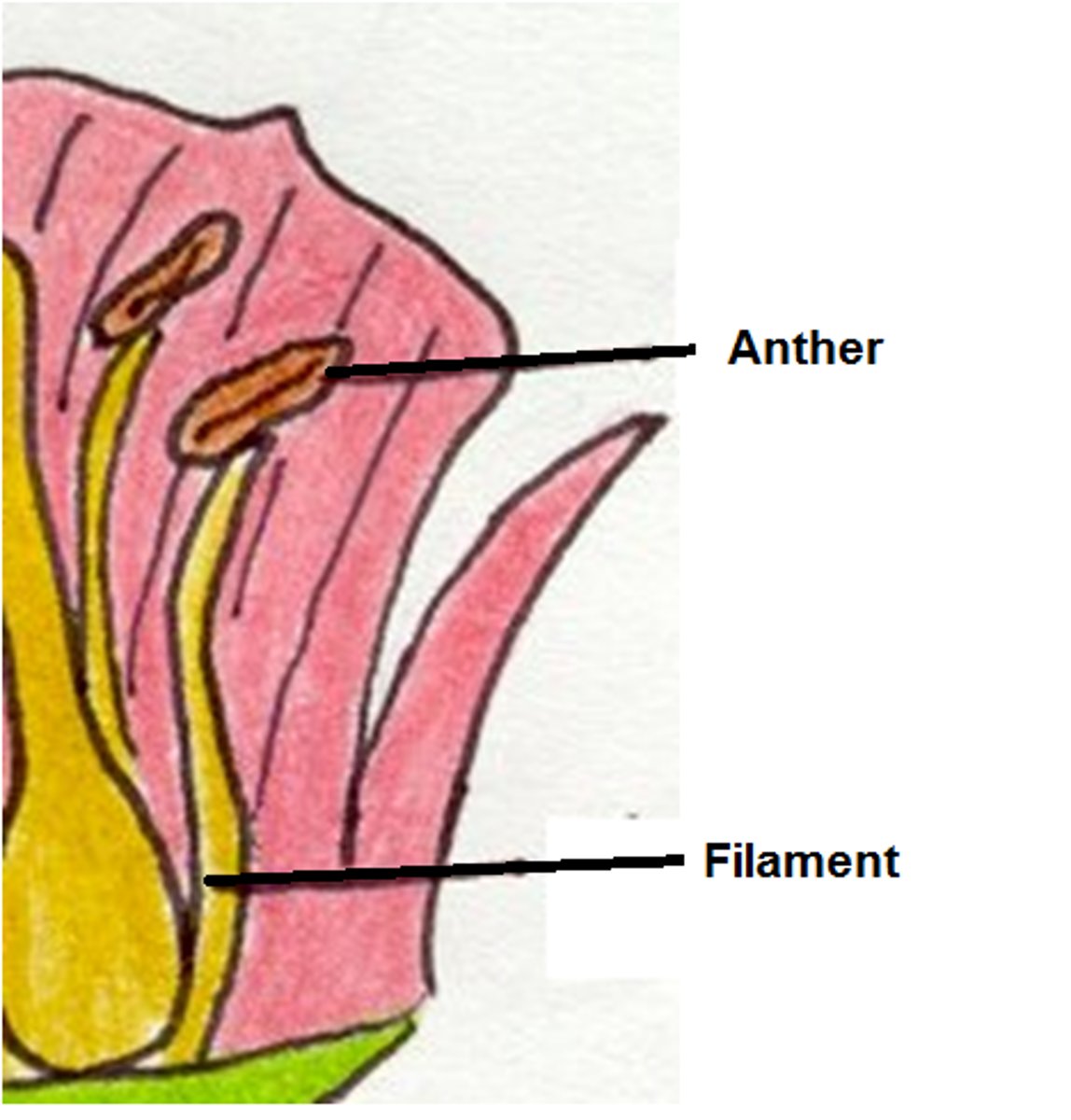
What is the "perfect" flower?
have both carpels and stamen; monoecious
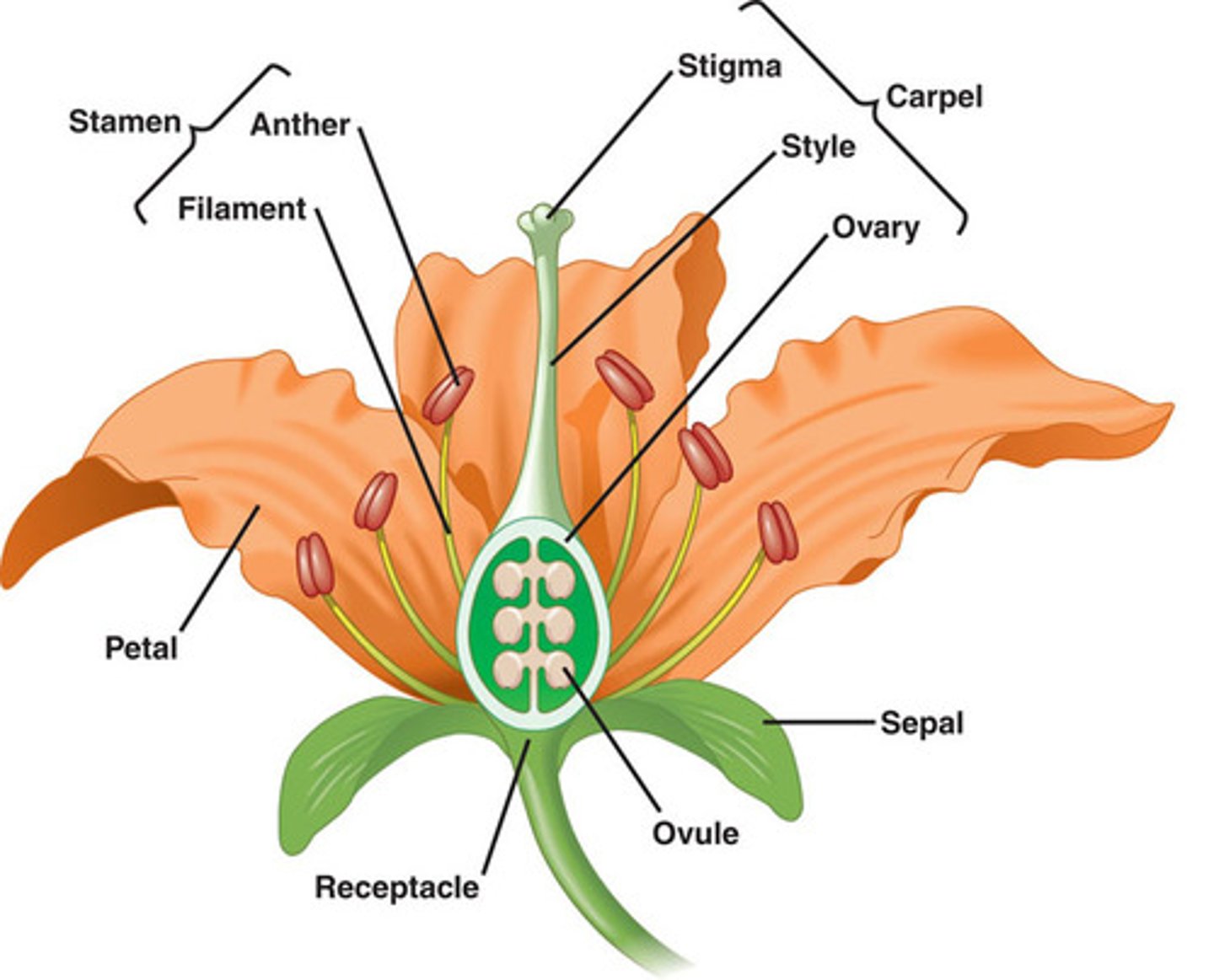
What is an imperfect flower?
have carpels OR stamen, not both
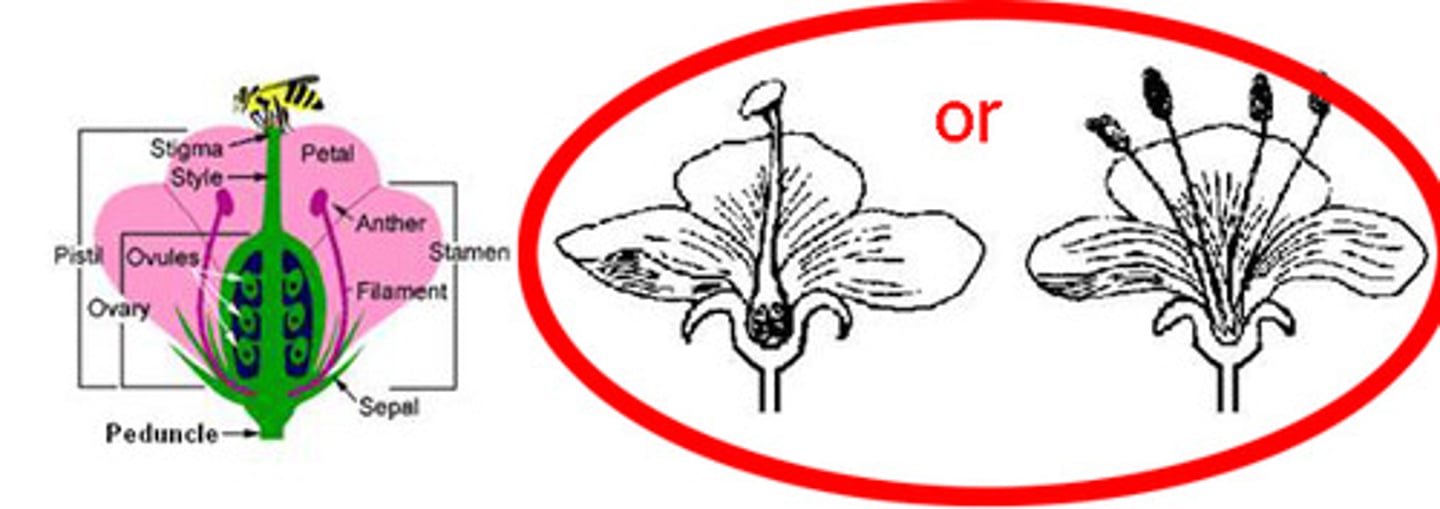
What is the function of the stigma?
sticky surface that catches pollen
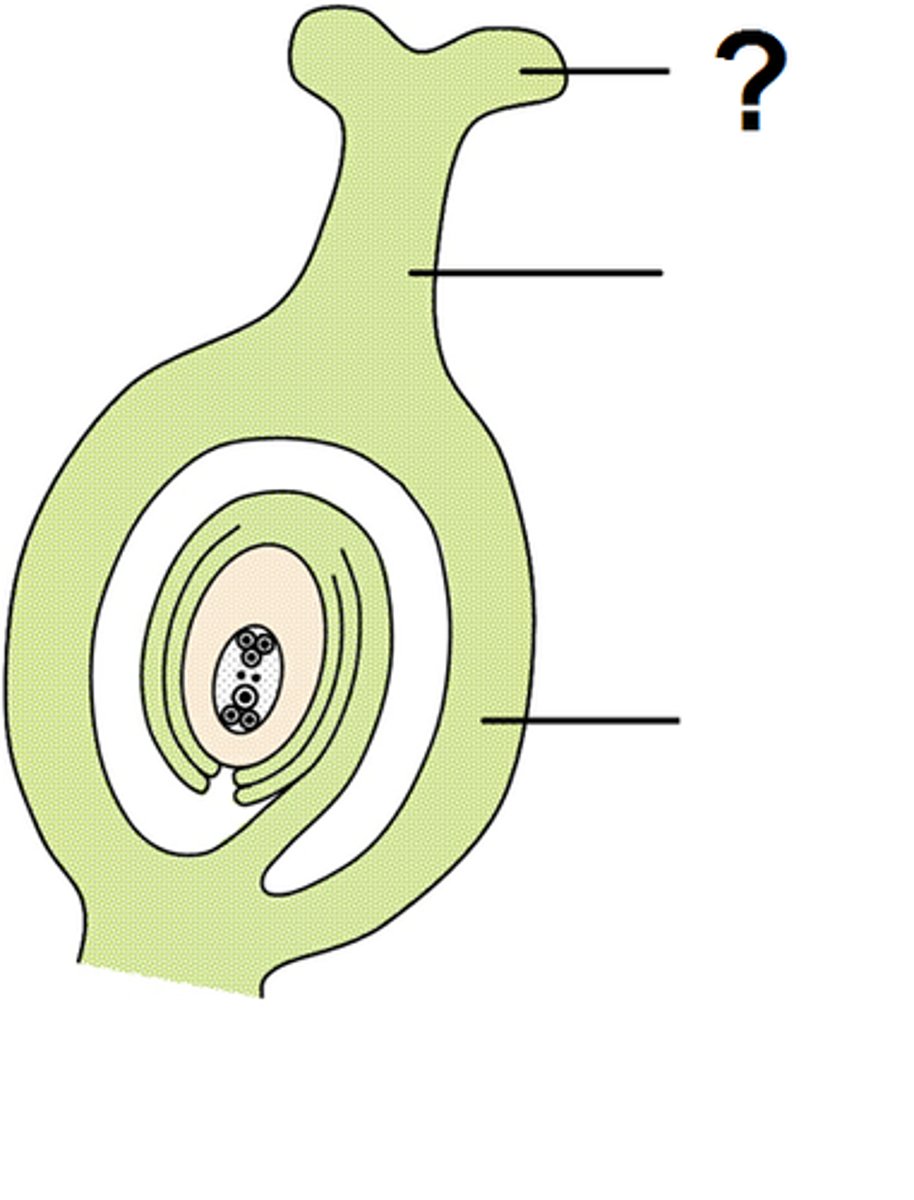
What is the function of the style?
tube where pollen tube grows toward ovule
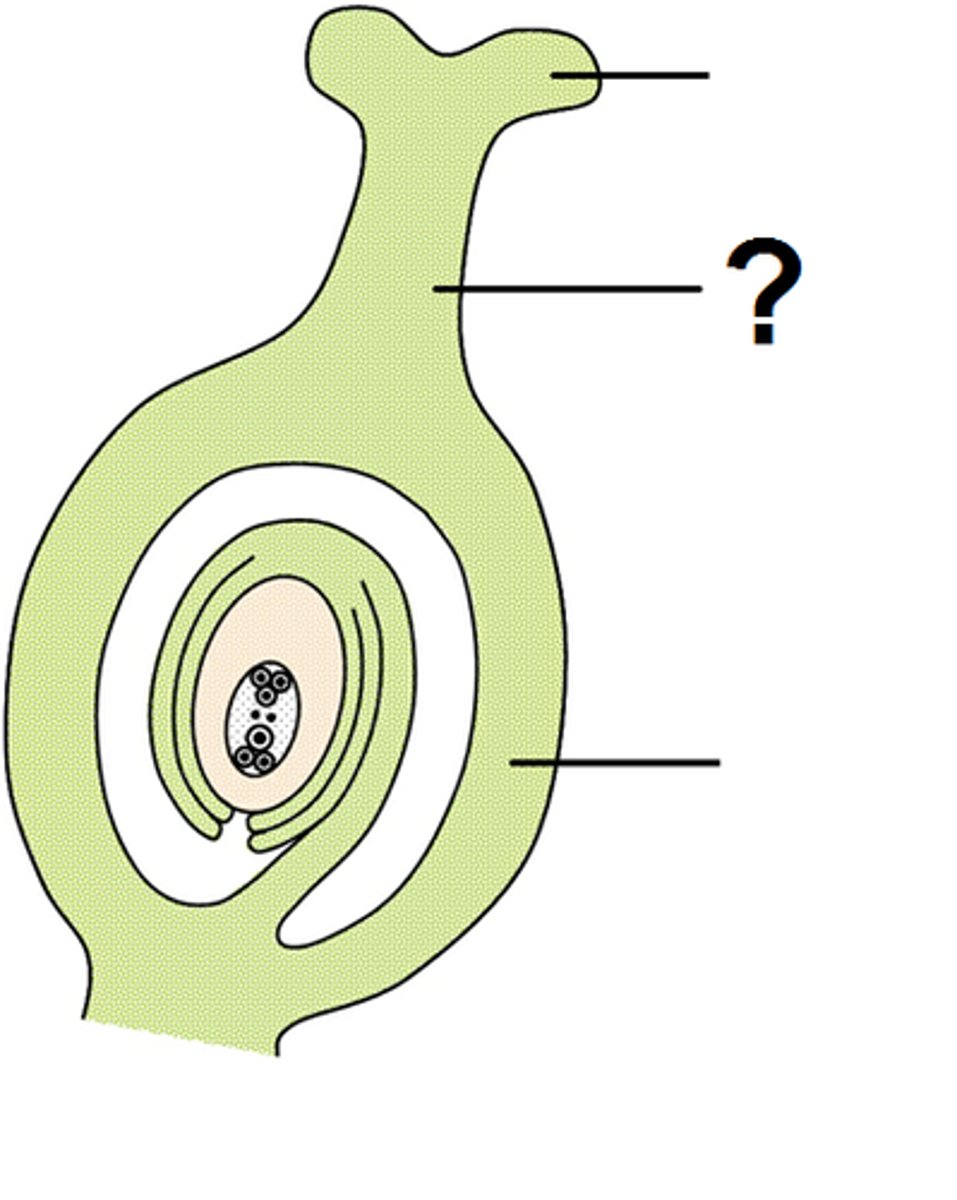
What is inside the ovary and what does it become after fertilization?
ovules (megasporangia); each ovule can develop into a seed
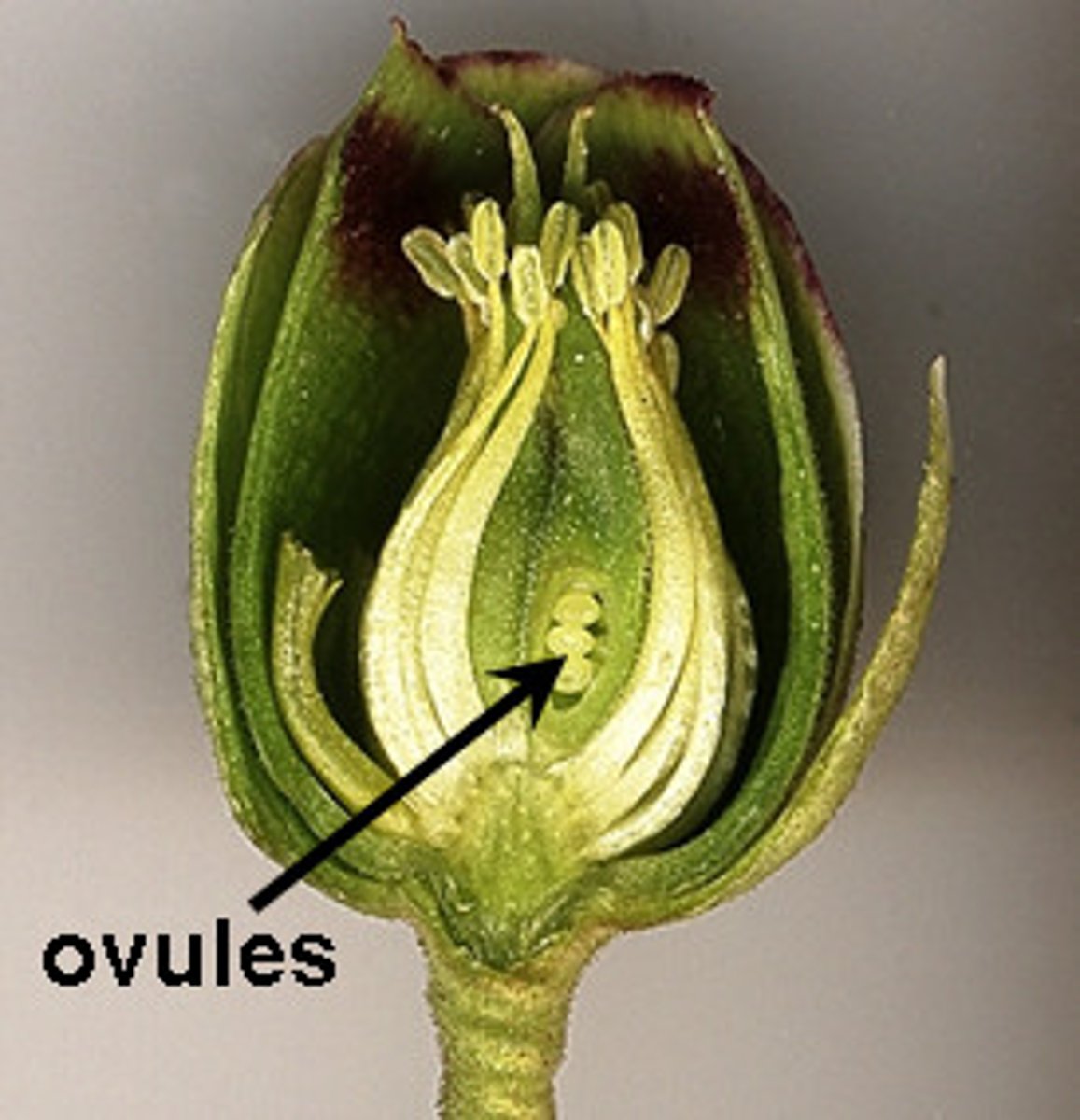
How many carpels can a plant have?
one or more
What happens inside the anther?
microsporangia contain microsporocytes (2n), undergo meiosis to produce haploid microspores that will develop into pollen grains via mitosis
What is the filament?
thin stalk that supports the anther
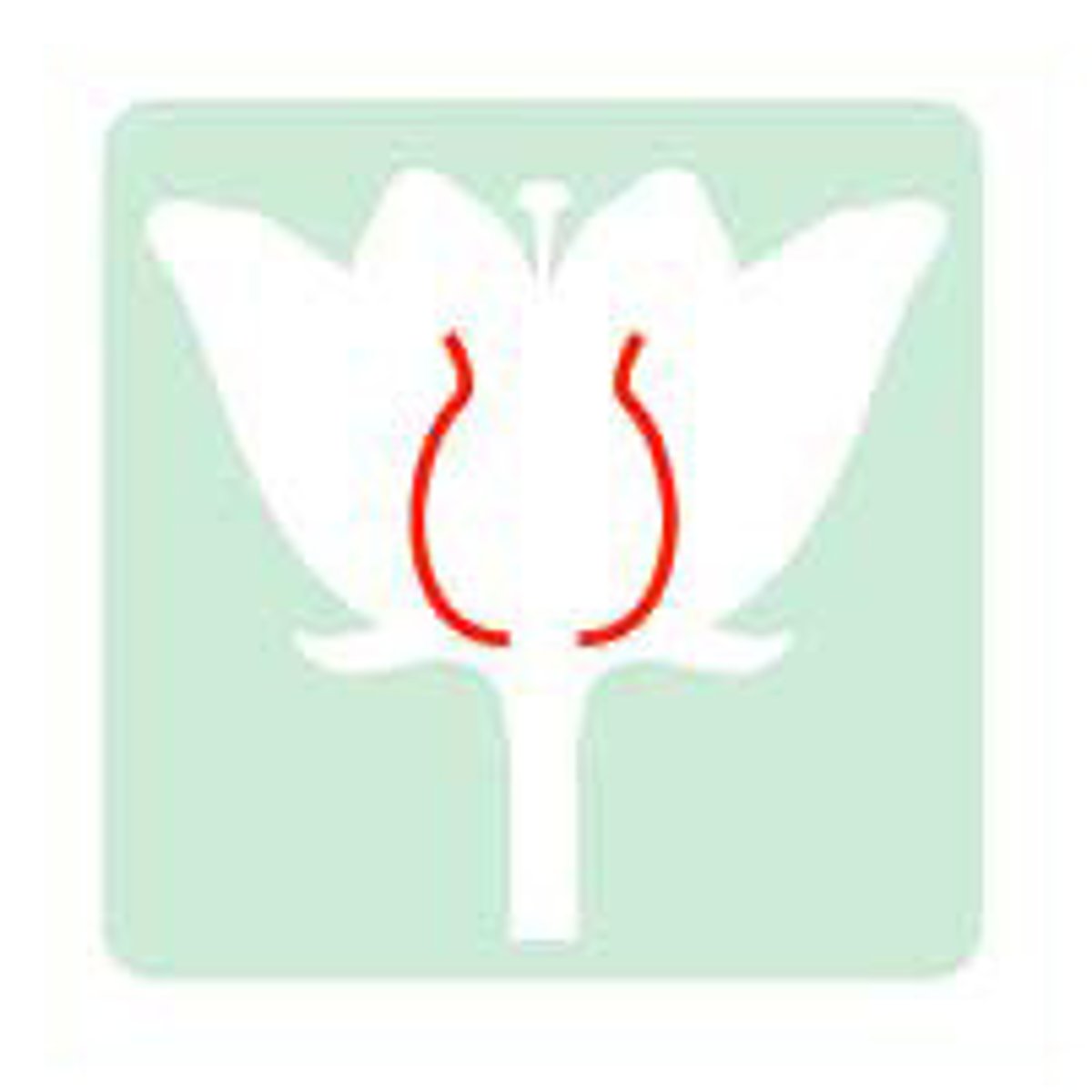
What is the anther?
sac-like structure where microsporangia are located
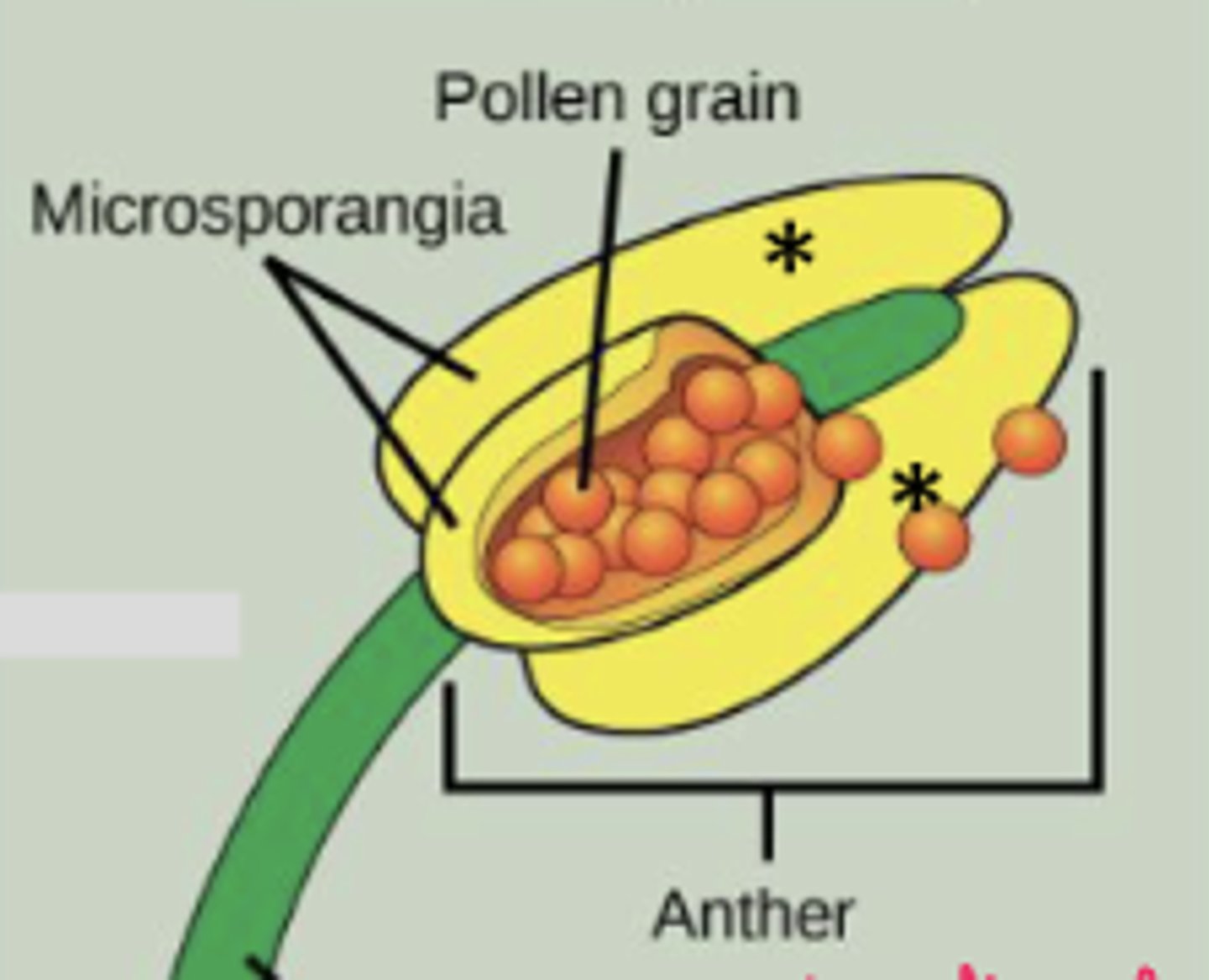
What happens to the two haploid cells in a pollen grain?
one cell becomes pollen tube cell; other divides via mitosis to form two haploid sperm
How does the surviving megaspore develop into the embryo sac?
it divides three times via mitosis to produce eight nuclei distributed among seven cells
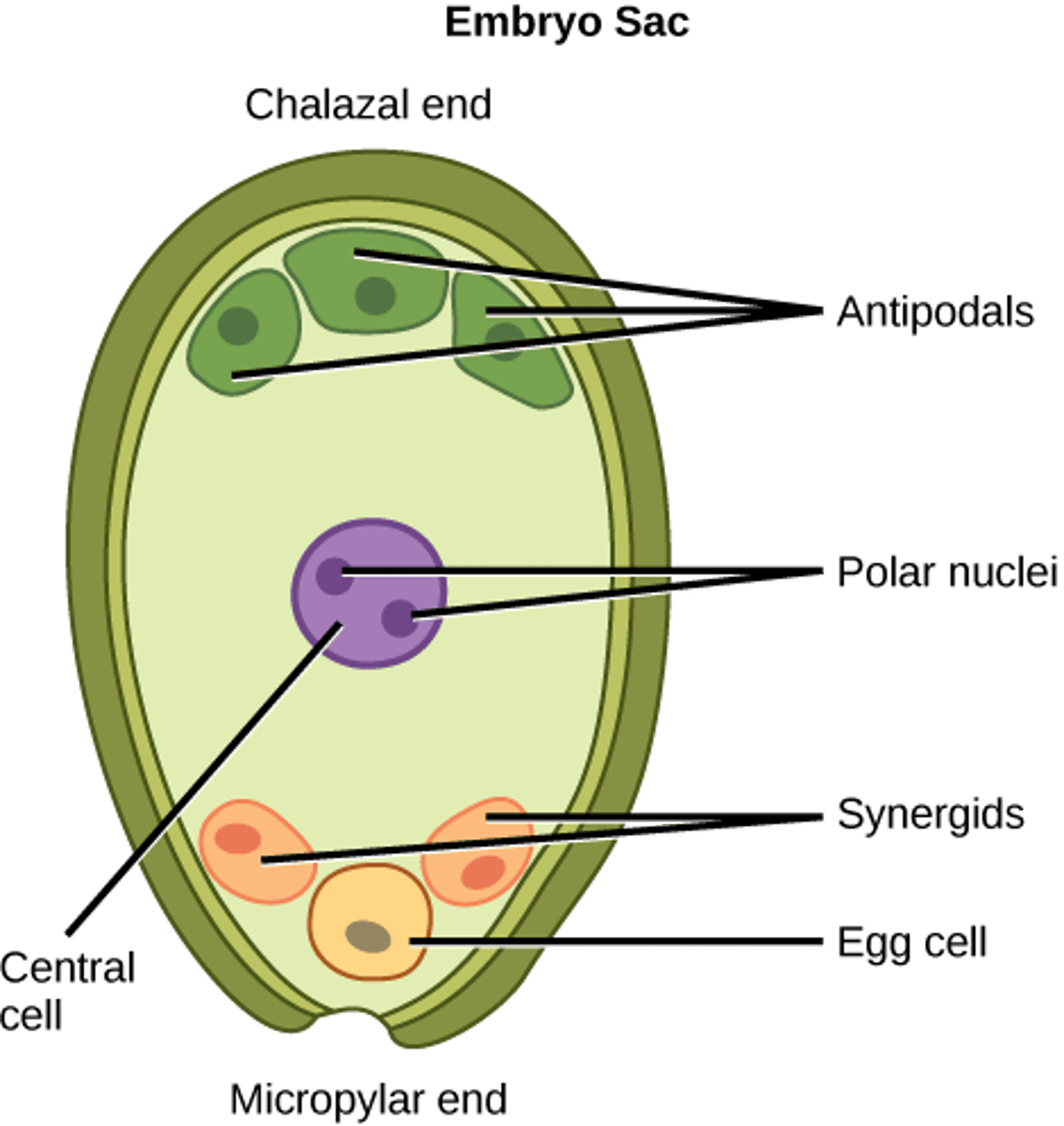
How are the seven cells of the mature embryo sac arranged?
three cells at one pole: 1 egg + 2 synergids (helper cells)
three cells at the other pole: antipodal cells (degenerate)
center cell: 2 polar nuclei (becomes endosperm after fertilization
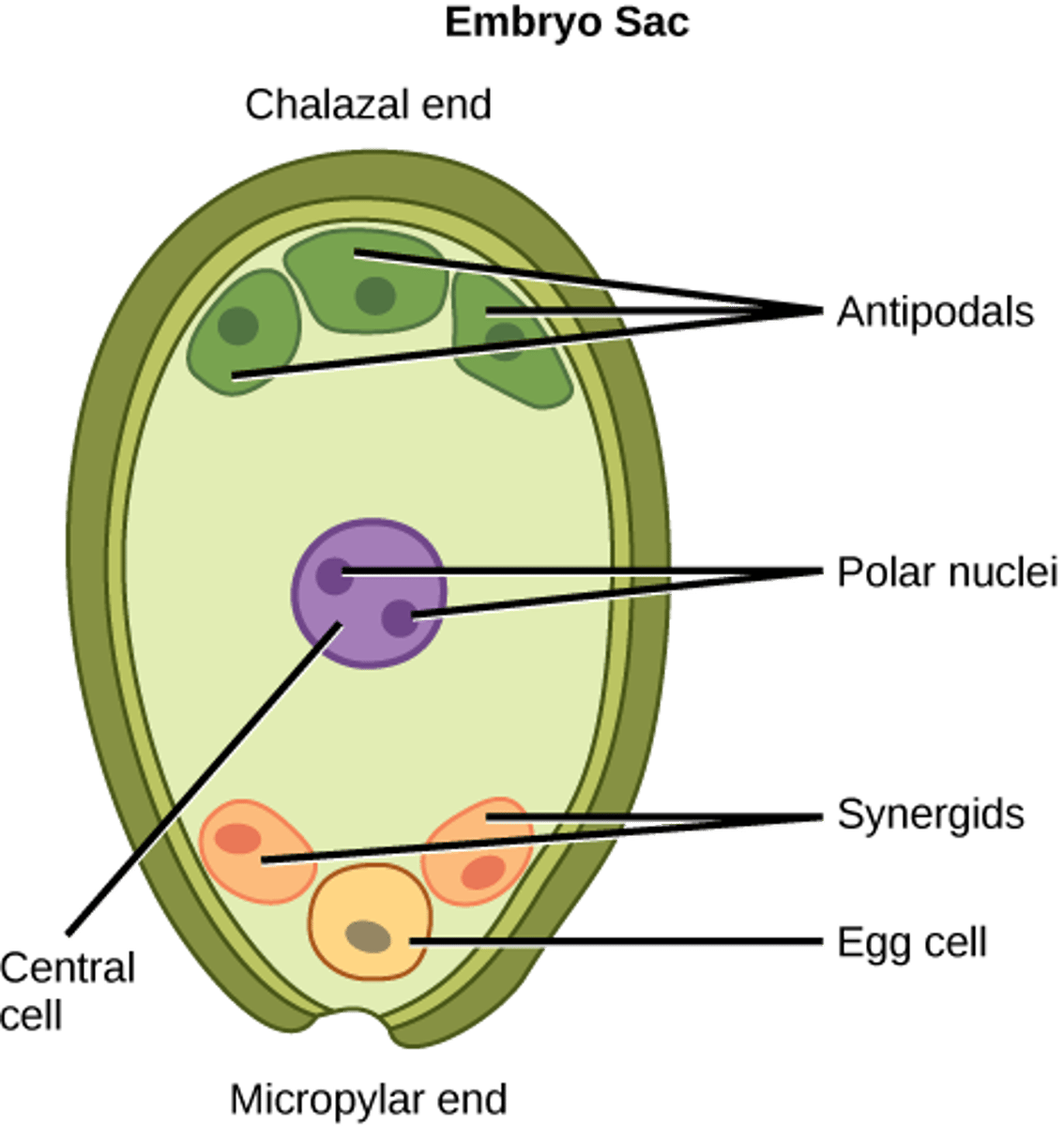
What does the mature embryo sac contain?
1 egg cell, 2 synergids, 3 antipodal cells, 1 central cell with 2 polar nuclei
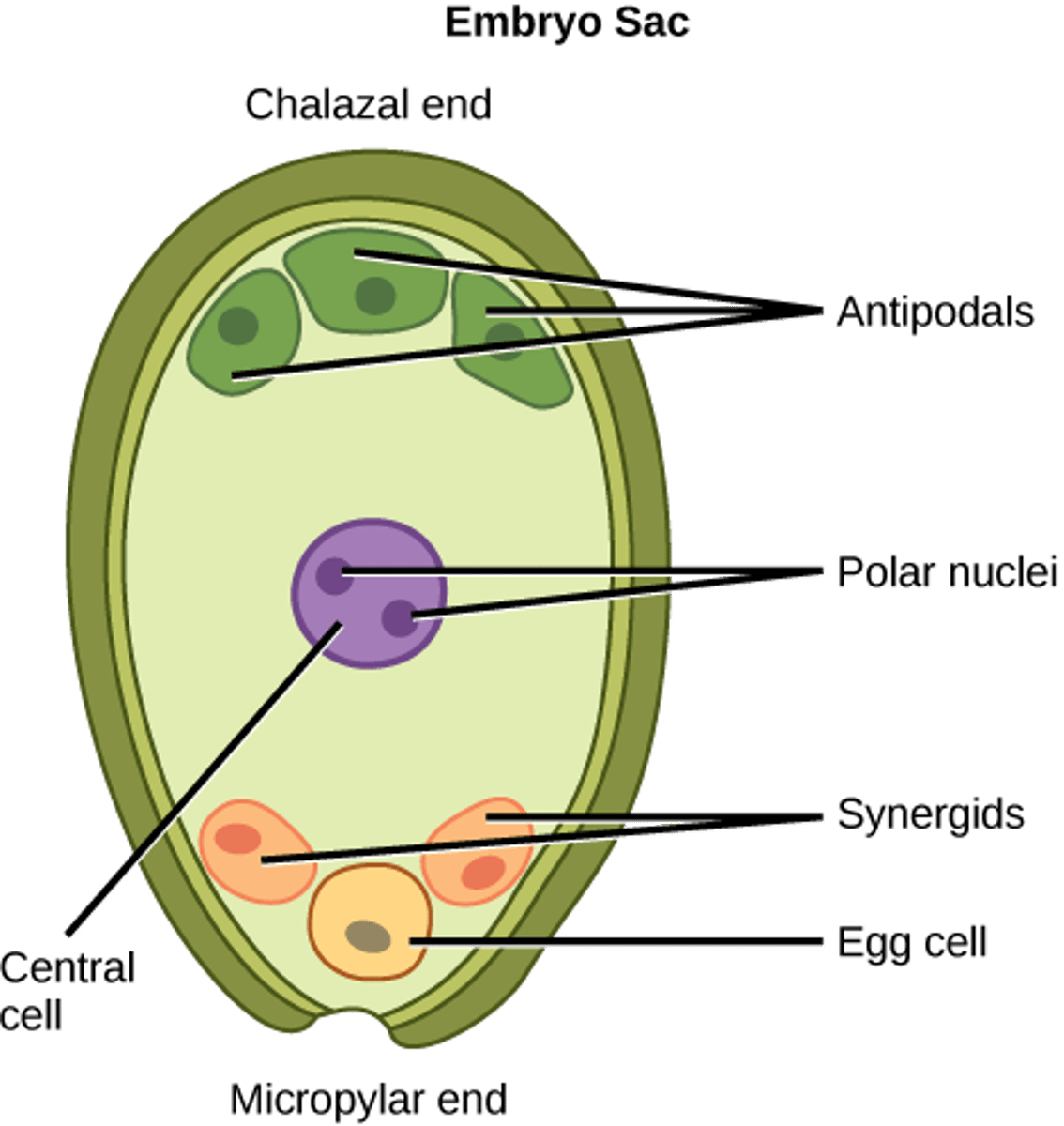
How many megaspores are produced per megasporocyte, and. how many survive?
4 haploid megaspores are produced; only 1 survives
What is the purpose of antipodal cells?
provides extra nutrition to embryo or degrade after fertilization
What is the function of synergids?
assist sperm to fertilize egg and polar nuclei
What happens when pollen lands on the stigma?
pollen tube cell germinates, growing down through style and enters ovule through micropyle
Where do the two sperm cells go after forming from the generative cell?
travels down pollen tube, deposited into embryo sac
What is double fertilization in angiosperms?
One sperm fertilizes the egg (forming an embryo), while the other fuses with two polar nuclei to form the triploid endosperm.
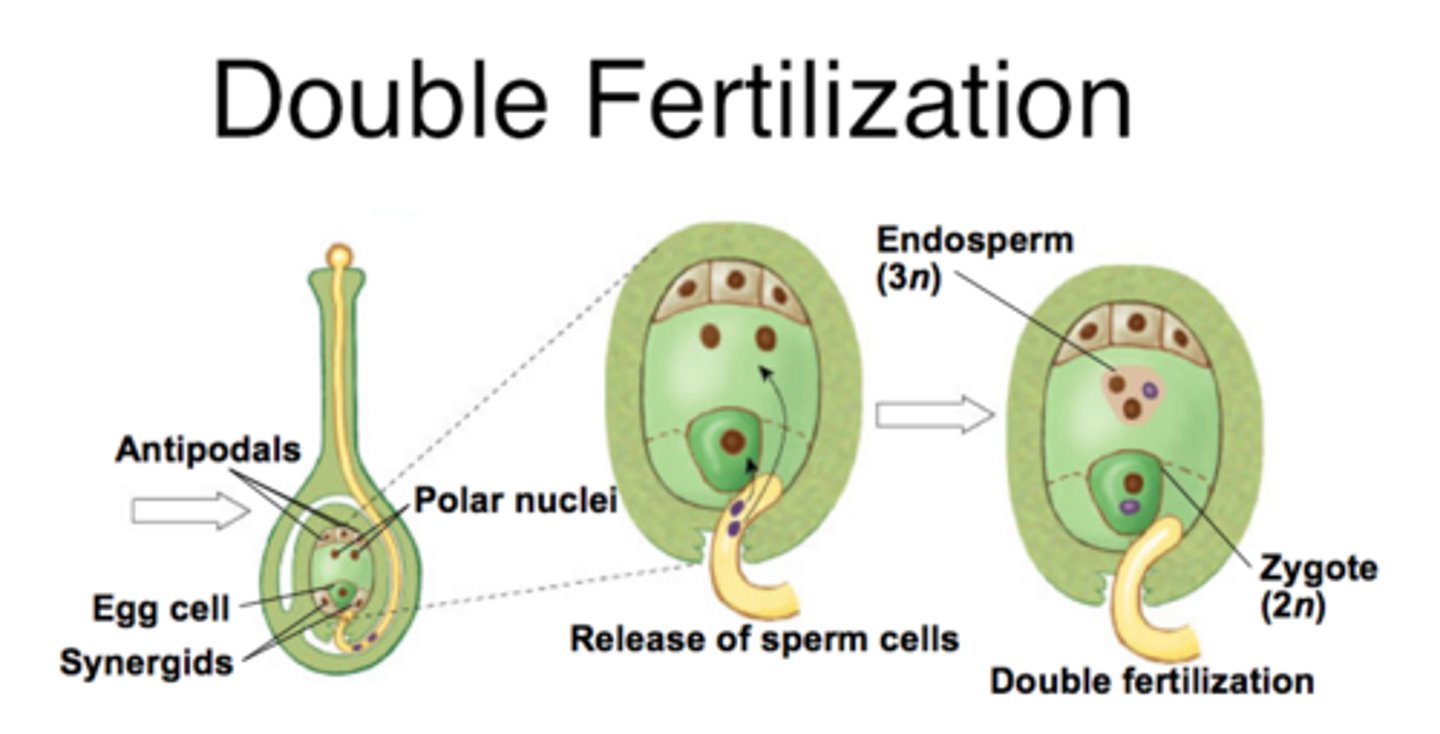
What does the triploid cell from double fertilization develop into?
endosperm, nourishes the developing embryo
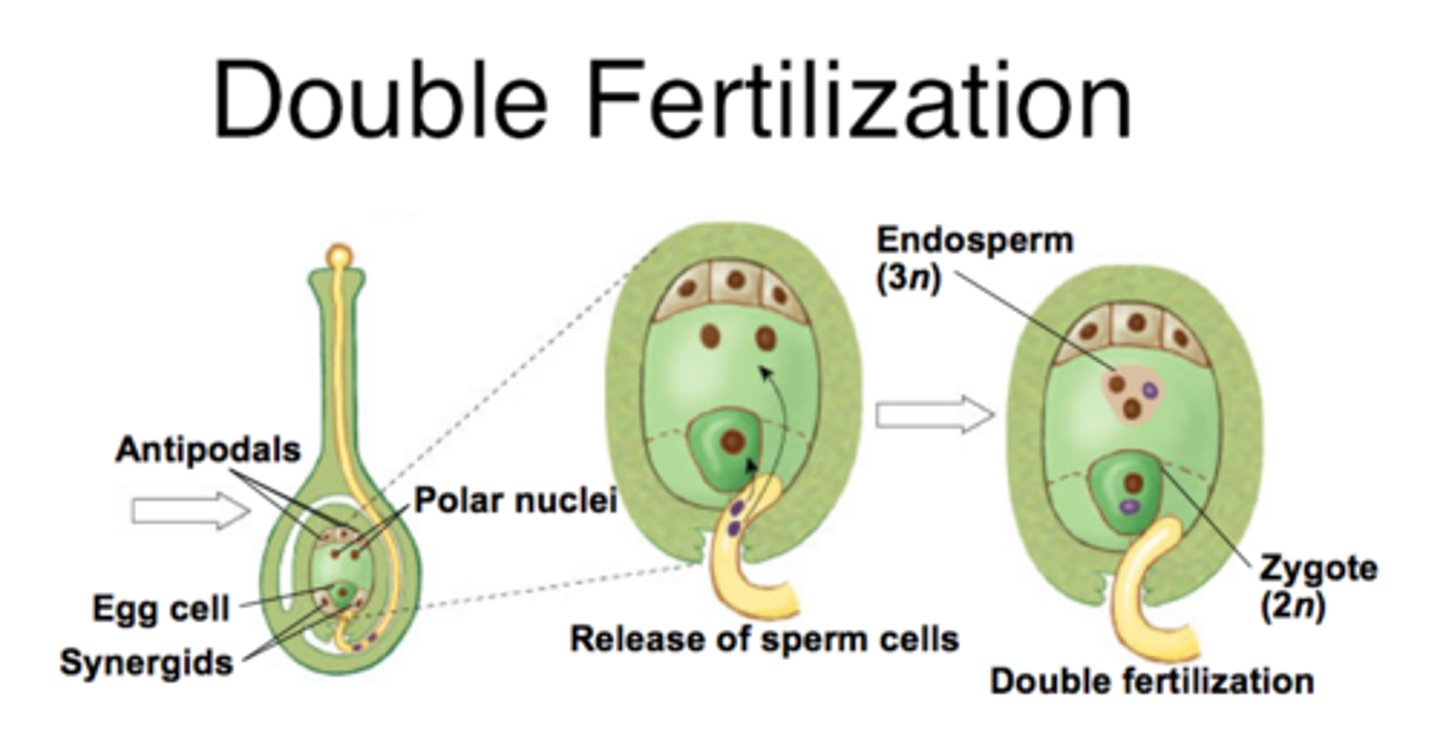
What does the embryo seed develop into?
radicle (root) and either one or two cotyledons
What are monocots?
one cotyledon; flower parts arranged in multiples of 3 or 6; parallel leaf venation; multiple, fibrous roots; vascular bundles scattered in stem, organized in ring in roots; no true woody tissue
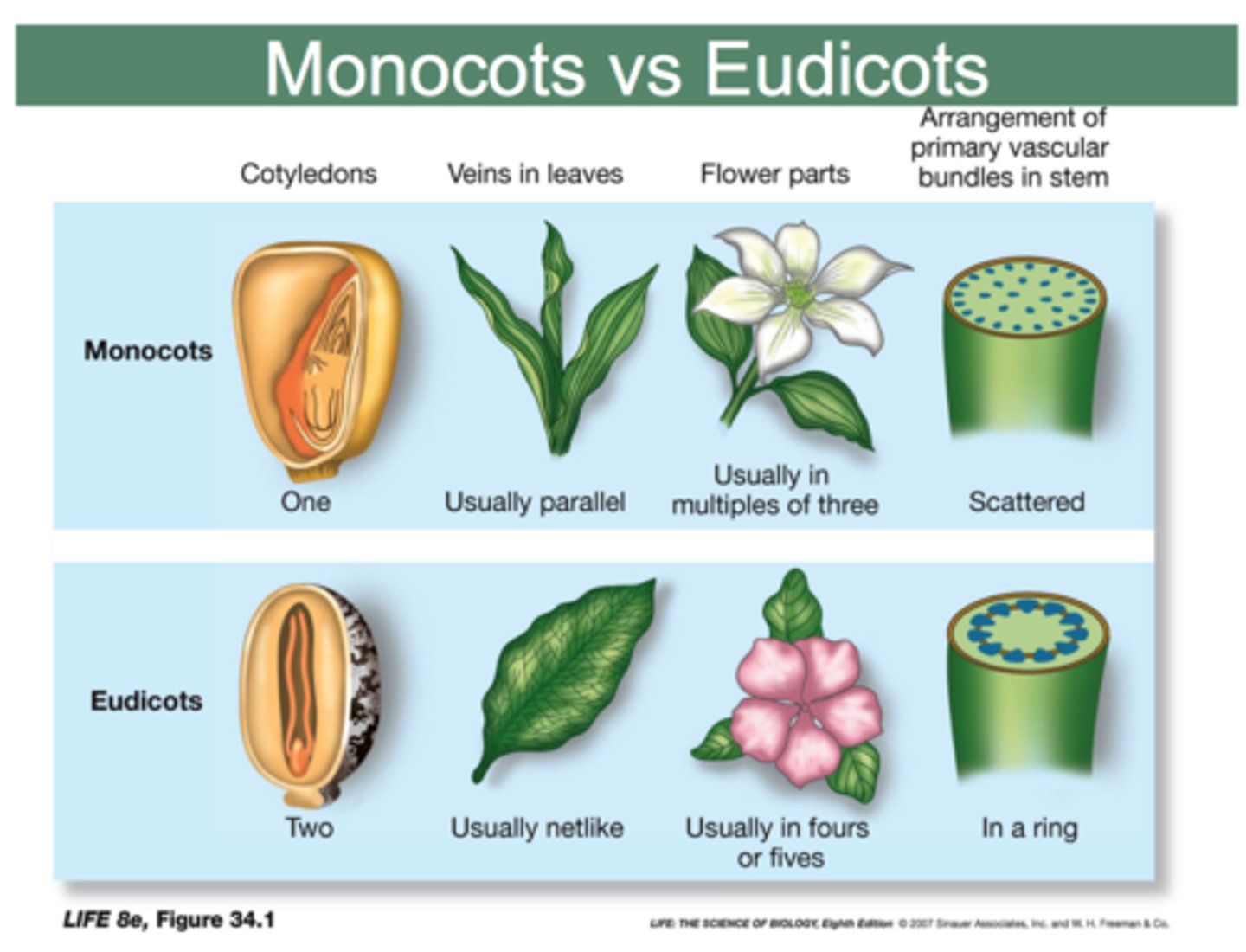
Do monocots have true woody tissue?
no, lack secondary xylem
What are examples of monocots?
grasses, palms, rice, corn, banana
What are eudicots?
two cotyledons; flower parts arranged in 4 or 5; networked leaf venation; one main taproot with smaller fibrous roots attached; vascular bundles in ring in stem, X-shape in the root; woody tissue
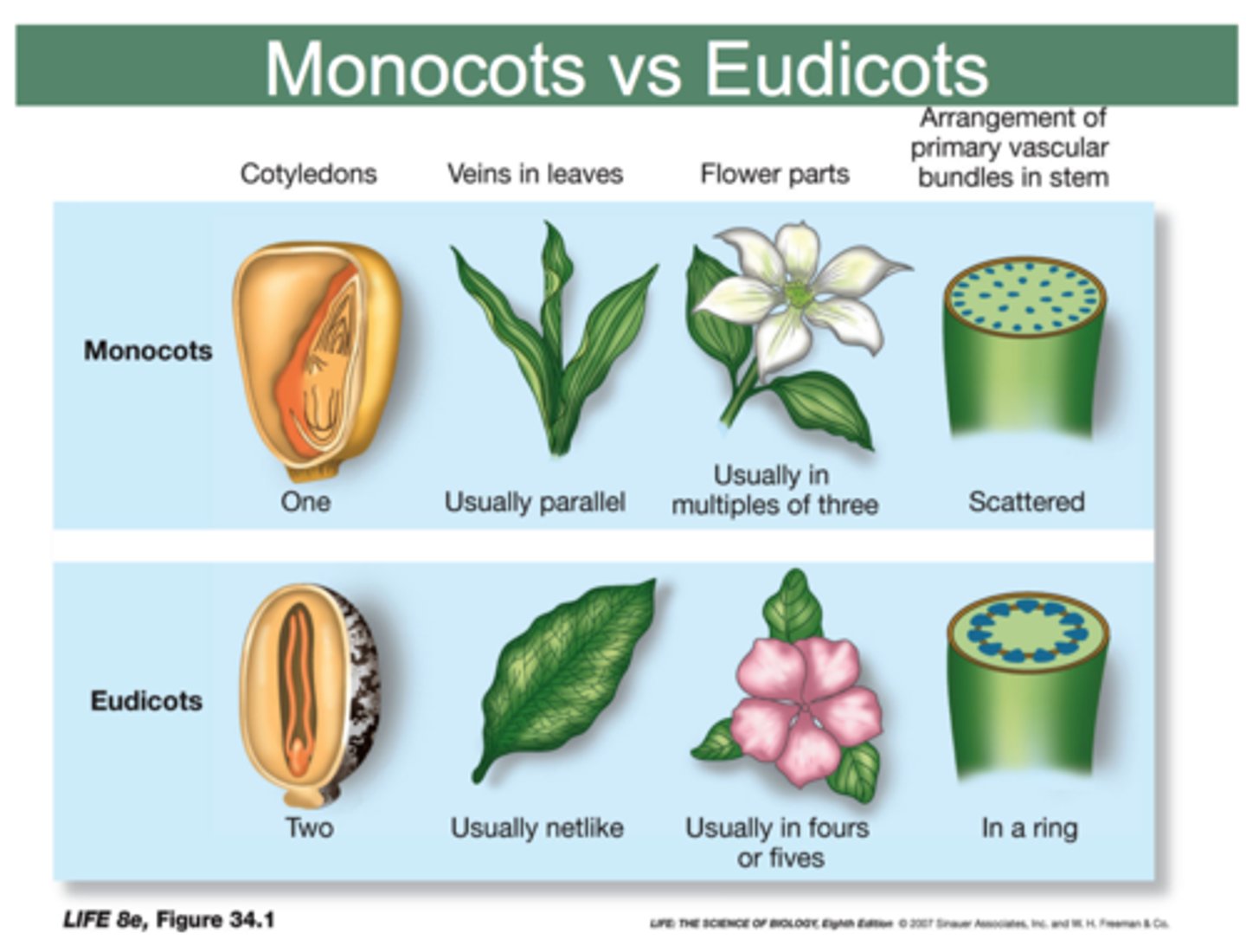
What types of plants are considered eudicots?
2/3 of all angiosperms—apples, beans, oaks, roses
What are cotyledons?
embryonic leaves
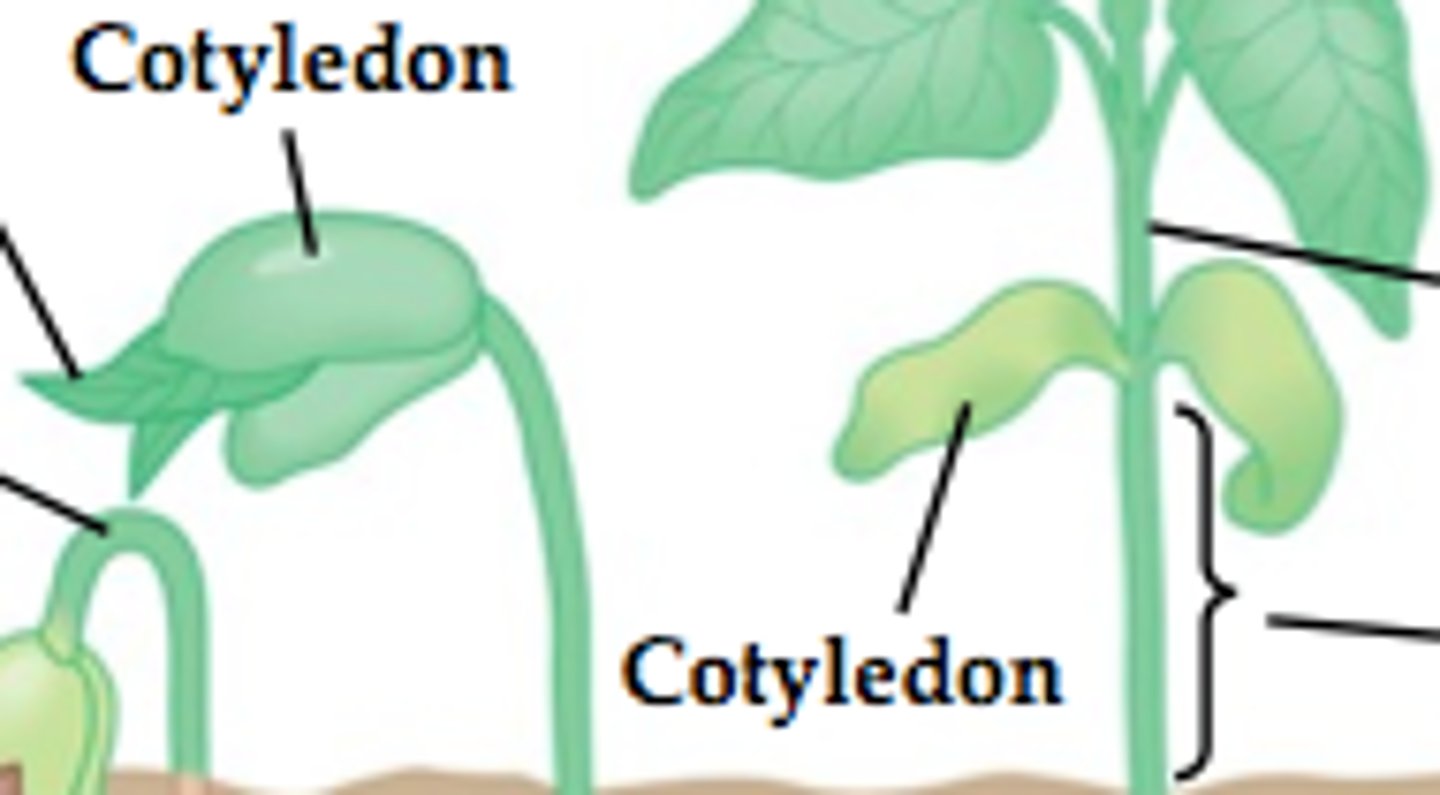
How is a fruit formed in angiosperms?
walls of ovary thicken after fertilization to form fruit with seed inside
What are examples of fleshy fruits?
berries, apples, tomatoes, eggplant
What are examples of dry fruits?
grains like rice, wheat, nuts
Why are fruits an important adaptation?
aid in seed dispersal
Which fruits are dispersed by wind?
small, light fruits (dandelions)
Which fruits are dispersed by water?
floating fruits (coconuts, mangrove seeds)
How are fruits dispersed by animals?
fruits with burrs attach to fur; fleshy fruits eaten by animals, seeds deposited in feces
What is pollination?
transfer of pollen from anther to stigma in angiosperms, male cone to female cone in gymnosperms
What are the types of pollination?
self pollination and cross pollination
What is self-pollination?
transfer of pollen from male to female on same plant; male cone to female cone in gymnosperms, male flower to female flower in angiosperms
What is cross-pollination?
transfer of pollen from male of one plant to female of another
What are key characteristics of asexual reproduction in plants?
no investment in flowers, pollinators, fertilization; offspring genetically identical to parent; quick and efficient
Why do perennial plants use asexual reproduction?
regenerate after winter dormancy
Which root and stem modifications are used for asexual reproduction?
bulbs (lily), tubers (potato), corms (garlic), rhizomes/stolons (ginger, strawberries)